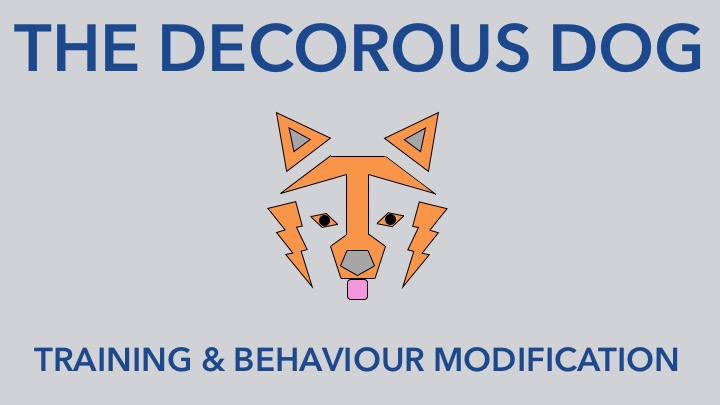The Positive Pup: Why We Should Listen To Pavlov’s Dog
Whether you’ve just gotten a puppy, or have decided that it’s time or your old dog to pull up all four socks and learn some new tricks, you’ve probably discovered that there are almost as many training techniques as there are dog trainers! This can be both confusing and intimidating, especially when it comes to trying to interpret the terminology and decide what is best for you and your pet.
Although there is almost infinite variety in the fine details, and of course every critter is unique, there are currently two broad schools of thought when it comes to dog training.
The first school is one which developed during World War II, when dogs began to be used to assist in combat. As a result, fast, effective training was prioritized, with little weight given to whether the methods were beneficial to the dogs themselves. This is called Compulsion Training, and it teaches compliance through punishment: essentially, “Do what you’re told or something bad will happen”. An example we are probably all familiar with is the image of a rolled up newspaper being used to hit a dog’s snout. This can seem completely natural to many people; after all, it’s the way our own society is structured. However, although it may succeed in teaching the dog some cues effectively, it is also highly likely to create anxiety, stress, avoidance behaviours, learned helplessness (especially when learning a new behavior, as they are unlikely to understand what is wanted at first, and will be punished for their confusion) and even aggression.
The second school is training using Positive Reinforcement and is based on the psychological theories of Classical Conditioning (forming an association between two stimuli a la Pavlov’s Dog) and Operant Conditioning (forming an association between a stimuli and a consequence). Dogs have been domesticated for several thousands of years (beginning anywhere between 18,800 and 32,100 years ago, according to a recent study published in the journal Science) and one of their strongest characteristics is the desire to please us. Positive Reinforcement takes advantage of this, and by using praise and rewards when the dog performs the desired behavior (like walking to heel, for example) we build up positive associations between the stimulus of the command and the result of the reward. This teaches the dog to find that behavior in particular, and obedience in general, rewarding.
Using positive reinforcement methods requires more patience, effort, understanding and time. However, when done well they results in a dog who is confident, happy, reliable, responsive and who will look to you, their owner, for direction and guidance because they trust you and know that the best things happen when you are working together. And after all, isn’t that the relationship most of us want with our pets?
